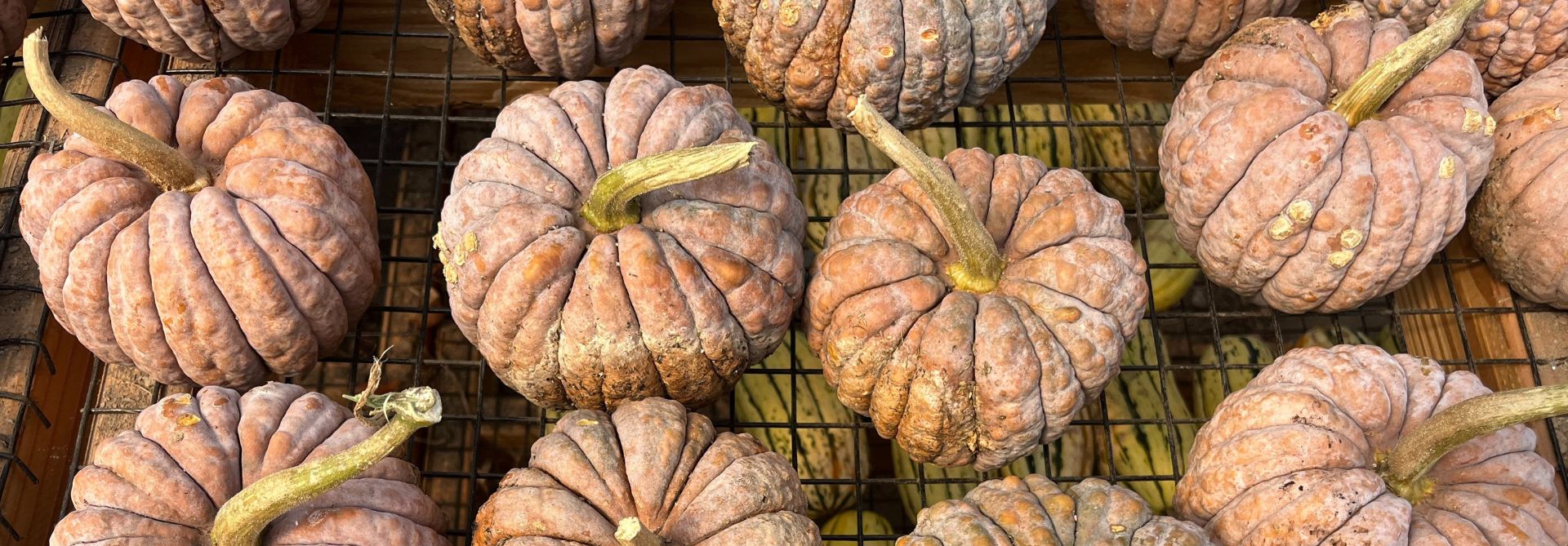
Your November Gardening Checklist
November is nearly here: the month that marks the end of the active outdoor gardening season. Beloved plants depart us this month, and garden spots that once burst forth with color and joy begin to look ragged and tired. It's an appropriate time for the Thanksgiving holiday, as we appreciate—with much heart—the season that was and accept that we must bid our gardens "goodbye for now." However, before beginning your winter break from garden tasks, now is the time to maximize what you reap from your hard work all season—and to button things up before the ground succumbs to harder freezes. The paragraphs below tell you how. But first, an answer to a common question:
Plant Bulbs for Spring Blooms
Embrace Indoor Gardening
While the world turns darker and colder in November, the natural inclination is to retreat indoors. The good news is that you can bring some plant friends with you. Amaryllis is a beautiful, tropical-looking bloom that excels when grown indoors through the winter.
Plus, our Mushroom Kits are the perfect way to grow nutrient-dense food indoors. They are an easy and fun way to continue growing food into the colder months.
And Microgreens keep your kitchen in fresh and vital greens all winter long. These low-effort, high-reward projects match the lower-key vibe of winter beautifully: no weeding, no trellising, just straightforward growing inside your home. Embrace these seasonal efforts and you'll find yourself yearning for them every winter.
Vegetables That You Can Still Plant
It's also not too late to set your garlic cloves into the ground, though be aware that November plantings likely mean smaller bulbs to harvest next summer, as the cloves will grow a smaller root system in the fewer weeks between planting and the ground freezing. Still, it's worth doing if you haven't planted yours yet! And it absolutely can provide plenty of garlic to eat next year.
Flower Seeds to Sow Now
Protect Crops from Frost
If you haven't yet added a layer of protection to extend your harvest season of hardy crops, now is the time! Embrace extension tools such as cold frames, row cover, and quick wire hoops, all of which are effective at extending the harvest window for mature cold-hardy crops such as kale, spinach, and mustards of all sorts. Look back to our Season Extension post for more on row cover use. Our hoops are simple rounded wire lengths that can be inserted into the ground around plants to keep row covers from direct contact with crops, thus adding better heat retention, airflow, and overall plant health. They can also be used in greenhouses and high tunnels, or under taller low hoops that hold plastic, adding about 5 degrees of frost protection in any use-case.
Nurture Your Soil
By the end of this month, your garden will likely be mostly bare. While it is too late in November to plant most cover crops, it's an appropriate time to spread compost, fertilizers, and amendments on your beds and to mulch them.
Just be sure to keep track of which you've amended in the fall and which you haven't; that way you won't waste time and money re-fertilizing beds in the spring that you've already prepared in the fall. (The winter tends to "pause" the soil's cycles, so most nutrition added in the fall is held in place for spring plantings.)
More Garden Activities for November:
- Invest some time this month into garden clean-up so that you can start your spring season without having to first untangle tomato vines or yank out dead squash vines. Your future self with thank you for it!
- To extend their life, dig up and pot herbs–like rosemary, parsley, or chives–and place them in a sunny window sill. You'll be able to harvest them a bit over the winter and then they will shoot up as the days lengthen in February and March.
- Sow a mini meadow of wildflowers with our shaker mixes. Try Bird Lover's, Bee Friendly, or Shady Meadow Mix for fall sowing.








